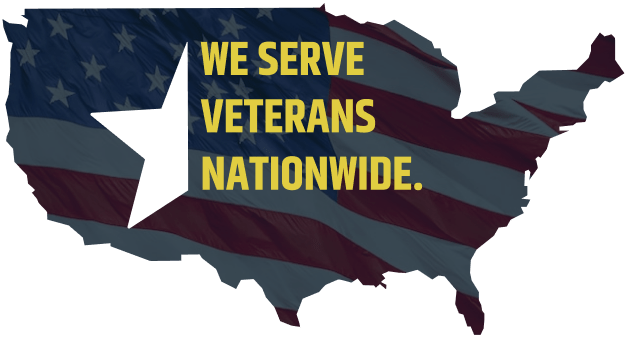
SSDI for Veterans
Many disabled veterans qualify for Social Security Disability benefits (SSD), either alone or in addition to veterans disability benefits. The two types of benefits don’t affect each other, so if you qualify for both, you can significantly increase your monthly benefits. And, if you don’t qualify for VA disability benefits you may still be able to get SSDI.
Key Differences Between SSDI and VA Disability Benefits
Both VA disability benefits and SSDI are intended to provide support to people who are limited by disabilities. However, the two programs are very different.
For example:
- To receive veterans disability benefits, the veteran must show that their condition is service connected
- The Social Security Administration (SSA) doesn’t care how you got hurt or sick.
- Anyone who can connect their disability to their military service may be eligible for VA disability. To qualify for SSDI, you must have earned a sufficient number of work credits across your career.
- VA disability benefits are determined by disability rating, whereas SSDI is all or nothing–you don’t get benefits unless you show that you can’t earn a living, the SSA calls this engaging in substantial gainful activity (SGA). If you do get SSDI, it will be the amount your full Social Security retirement benefit would have been if you’d worked to retirement age.
- Income from work is not considered in determining whether you are eligible for veterans disability benefits unless your benefits are based on individual unemployability. SSDI benefits are not available if you earn more than the SGA cut-off.
Call 1-888-373-4722 or complete a Free Case Evaluation form
Qualifying for SSDI as a Veteran
If you’re a veteran filing for VA disability benefits, you may never have thought to pursue SSDI as well. But you can get SSDI based on a service-connected condition, as long as you meet the other qualifications. If you don’t qualify for veterans disability benefits because you can’t prove a service connection, you may be able to get SSDI instead.
Here’s what you’ll need to qualify:
- Sufficient work credits–for most people that works out to about 10 years of qualifying work history, five of them in the 10 years leading up to becoming disabled. The cut-offs are lower for younger workers.
- To show that your medical condition leaves you unable to engage in substantial gainful activity–in 2024, that means you can’t earn more than $1,550/month ($2,590/month if you’re blind). There are two ways to do this:
- Meeting the criteria in a Blue Book listing
- Showing that you lack the residual functional capacity to earn a living
If that sounds like a lot, it’s because it can be. But, the right advocate can help you determine whether you might be eligible for SSDI in addition to VA disability benefits, and help put together the strongest application possible.
To learn how Disabled Vets can help, call (888) 373-4722 right now, or fill out our contact form here.
Read More On This Topic:
- Appealing a 70% VA Disability Rating to Secure a 100% Rating
- The Easiest Way to a 100% VA Disability Rating
- Can My Spouse Receive My VA Disability After I Die?
Call 1-888-373-4722 or complete a Free Case Evaluation form







